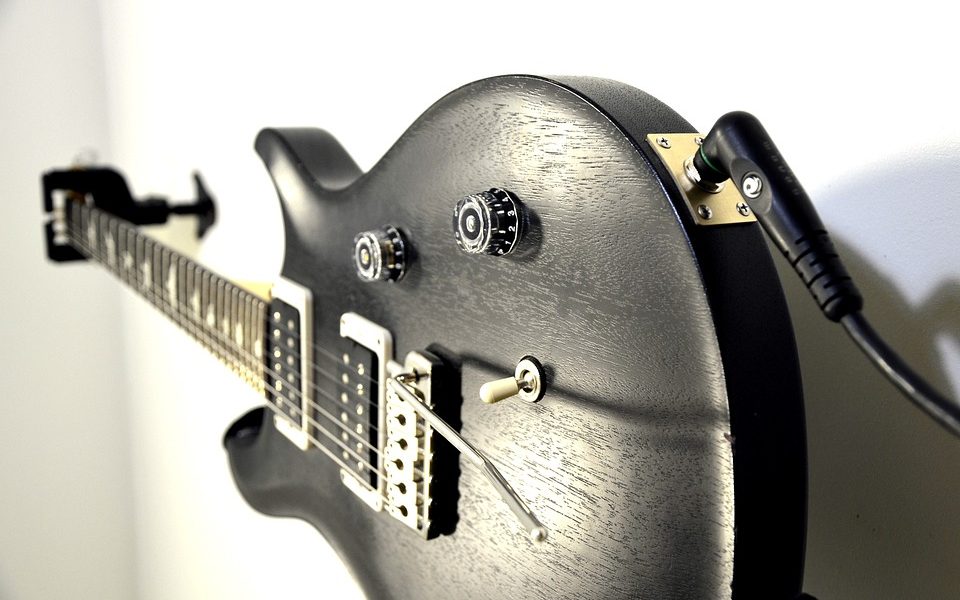Mastering Guitar Chords: A Comprehensive Guide to Building Finger Strength
Mastering Guitar Chords: A Comprehensive Guide to Building Finger Strength
Playing the guitar is a skill that requires practice, patience, and dedication. One of the most important aspects of mastering the guitar is learning how to play chords. Chords are a fundamental building block of music, and mastering them is essential for any guitarist looking to improve their skills. In this comprehensive guide, we will explore the importance of building finger strength, as well as techniques and exercises to help you master guitar chords.
Understanding the Importance of Finger Strength
Finger strength is crucial for playing guitar chords effectively. When you press down on the strings to form a chord, you are using the muscles in your fingers and hands to create tension on the strings. The stronger your fingers are, the easier it will be to press down on the strings and create clear, crisp sounds.
Building finger strength not only improves your ability to play chords, but it also helps with dexterity and speed. As you practice and strengthen your fingers, you will notice that you can move more quickly between chords and play more complex pieces of music.
Techniques for Building Finger Strength
There are several techniques that can help you build finger strength and improve your chord-playing abilities. Here are some of the most effective methods:
1. Regular Practice: The best way to build finger strength is through consistent practice. Set aside time each day to practice playing chords, scales, and exercises that focus on your finger strength. By practicing regularly, you will gradually build up the muscles in your fingers and hands.
2. Finger Exercises: There are specific exercises that target the muscles in your fingers and hands, helping you build strength and dexterity. One common exercise is the “spider exercise,” where you place your fingers on different frets of a string and then “crawl” up and down the strings, pressing down on each fret with a different finger.
3. Squeeze Balls: Using a stress ball or squeeze ball can also help strengthen the muscles in your hands and fingers. Simply squeeze the ball in your hand for a few minutes each day to build up strength in your fingers.
4. Finger Tapping: Finger tapping is a technique where you use your fingers to tap on the strings of the guitar, creating a percussive sound. This technique helps to strengthen your fingers and improve your coordination.
5. Stretching: Stretching your fingers before playing can help prevent injuries and improve your flexibility. Try stretching your fingers by gently pulling them back towards your wrist and holding for a few seconds.
Incorporating these techniques into your practice routine will help you build the finger strength necessary to master guitar chords.
Mastering Guitar Chords
Now that you understand the importance of building finger strength, let’s explore some tips for mastering guitar chords:
1. Start with Basic Chords: If you’re new to playing the guitar, start with basic chords such as C, G, D, and E minor. These chords are easier to play and will help you build confidence in your playing.
2. Practice Proper Finger Placement: When playing chords, it’s important to place your fingers on the correct strings and frets. Make sure to position your fingers close to the frets to avoid buzzing or muted notes.
3. Use a Metronome: Playing with a metronome can help you maintain a steady tempo and improve your timing. Practice playing chords along with a metronome to develop your sense of rhythm.
4. Experiment with Different Chord Voicings: There are multiple ways to play a chord on the guitar, known as chord voicings. Experiment with different voicings to find the one that is most comfortable for you.
5. Practice Smooth Transitions: To play songs fluently, you must be able to transition smoothly between chords. Practice moving between chords slowly at first, then gradually increase your speed.
6. Listen to Music: Listening to music and learning songs by ear can help you develop your ear for chords and progressions. Pay attention to how chords are used in different songs and try to replicate them on your guitar.
7. Seek Feedback: If possible, seek feedback from a guitar teacher or experienced guitarist. They can provide valuable tips and advice on how to improve your chord-playing skills.
By following these tips and incorporating finger-strengthening exercises into your practice routine, you will be well on your way to mastering guitar chords. Remember that progress takes time and patience, so don’t get discouraged if you don’t see immediate results. Keep practicing, and soon you will be playing chords with ease and confidence.






